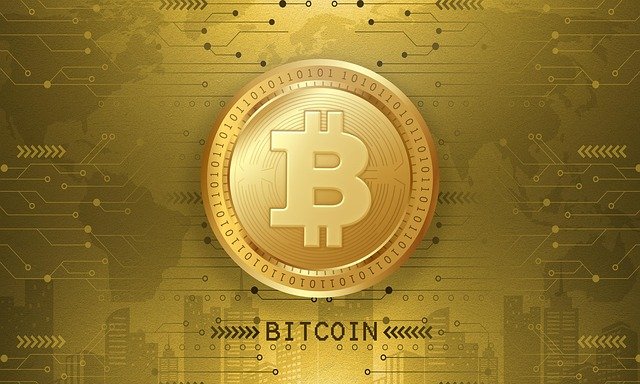Introduction
In recent years, NFTs (Non-Fungible Tokens) have taken the world by storm—transforming how we buy, sell, and experience digital art, music, collectibles, and more. But what exactly are NFTs, and why are they worth millions in some cases? In this article, we’ll break down the NFT phenomenon and what it means for digital ownership in 2025 and beyond.
What Is an NFT?
An NFT is a unique digital asset stored on a blockchain that proves ownership of a specific item—whether it’s a piece of art, music, a tweet, or even a virtual real estate plot.
Non-fungible means it can’t be exchanged one-for-one like a regular token (e.g., 1 ETH = 1 ETH). Each NFT has distinct metadata, making it one-of-a-kind.
How Do NFTs Work?
- Blockchain Base: NFTs are typically built on Ethereum (ERC-721 or ERC-1155 standards), but other chains like Solana, Polygon, and BNB Chain also support them.
- Smart Contracts: These execute the creation (minting), transfer, and sale of NFTs.
- Digital Wallet: To buy, sell, or hold NFTs, you need a wallet like MetaMask or Trust Wallet.
- Marketplaces: Platforms like OpenSea, Blur, Rarible, and Magic Eden facilitate NFT trading.
Common Use Cases for NFTs
- Digital Art
Artists can tokenize their work and sell it directly to global audiences. - Collectibles & Gaming
In-game assets like skins, weapons, and land plots become tradeable and provably rare. - Music & Media
Musicians can sell songs as NFTs, earning royalties automatically via smart contracts. - Virtual Real Estate
Platforms like Decentraland and The Sandbox allow users to buy and build on virtual land. - Tickets & Memberships
NFTs can serve as digital passes for events, clubs, and online communities.
Benefits of NFTs
- True Digital Ownership: You control the asset, not a platform.
- Royalties for Creators: Artists earn every time their work is resold.
- Transparency: Blockchain ensures all ownership and transactions are visible.
- Interoperability: NFTs can be used across platforms and games (in many cases).
Challenges & Controversies
- Speculation & Hype: Many NFT prices are driven by speculation, not utility.
- Scams & Plagiarism: Art theft and fake collections are common.
- Environmental Concerns: Some blockchains used to have high energy usage (less now with PoS).
- Uncertain Regulation
